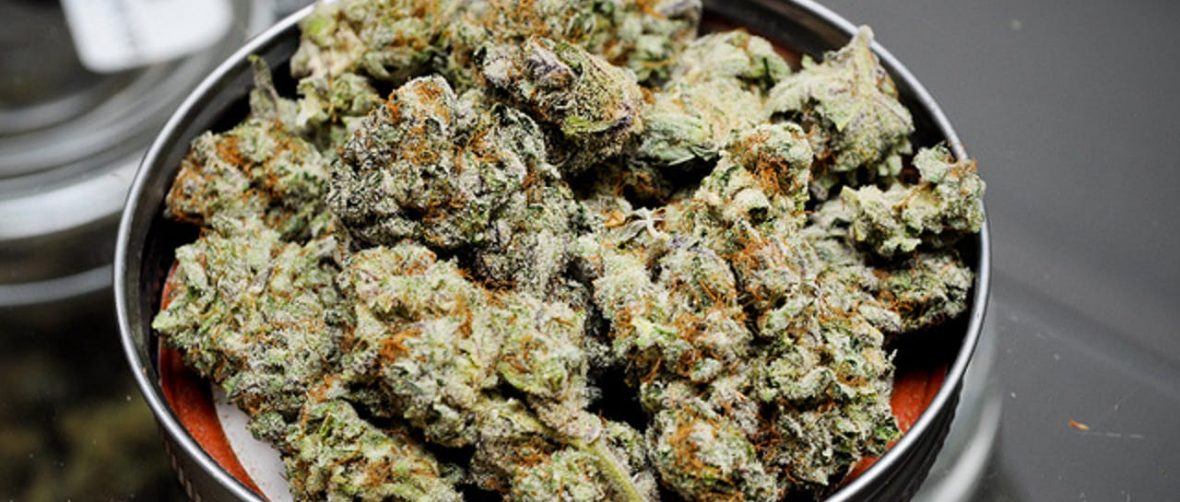As of June, a total of 31 states and the District of Columbia allow for the use of medical marijuana. Pain is the most common reason people say they need this cannabis and the vast majority of users say that it helps. However, despite the claims of the many individuals who believe that cannabinoids — the chemicals in marijuana — can ease pain, it’s been difficult for scientists to explain why. Researchers published in JAMA Psychiatry now claim to clarify the discrepancy.
In a systematic review and meta-analysis released Wednesday, scientists from Syracuse University explain that while studies can’t currently prove that cannabinoid drugs reduce pain, research does demonstrate that they can help with the experience of feeling pain. An evaluation of 18 studies that included 442 adults revealed that the use of cannabinoid drugs modestly increased people’s threshold for pain and reduced pain’s overall sensation of unpleasantness. This suggests to the researchers that cannabis’ analgesic properties, or ability to relieve pain, affect the mind rather than the body.
“This [result] is especially salient because managing chronic pain is not solely about minimizing pain,” Kevin Boehnke, Ph.D., who was not involved in the study, tells Inverse. Boehnke is currently a part of a University of Michigan study also analyzing the effect of cannabis on chronic pain. “Sleep problems, fatigue, anxiety, depression, and other factors tie into the experience of chronic pain.”
marijuana
Scientists are exploring why people feel like marijuana reduces pain.
Boehnke and the authors of this study note that we can’t currently infer whether these results will hold in people who really do have chronic pain. That’s because these studies all focused on laboratory-induced pain. Pain is a complex phenomenon with multiple dimensions, and in studies on clinical populations who use marijuana to treat pain, it’s been difficult to tell what’s actually helping them. Surveys of people who use cannabis for chronic pain haven’t had much luck proving it helps either. In a paper published in The Lancet in July scientist found that while people who used cannabis felt more pain than those who didn’t, there was “no evidence that cannabis use improved patient outcomes.”
The Syracuse team argues that this is why “laboratory pain assessments of healthy adults may be better suited for investigating the analgesic properties of drugs.” Overall they found that plant-based cannabis strengthened pain tolerance and pain unpleasantness, even if it could not eliminate the pain itself.
The authors also say that because the studies focused on the “feel-good” cannabinoid tetrahydrocannabinol (THC) and not other cannabinoids, like cannabidiol (CBD), it’s currently unclear where or not other varieties would have different experimental effects on pain.
Boehnke also points out that the doses of THC used in these studies aren’t necessarily representative of the herbal cannabis available to many people today, medical or not. Different strains of cannabis have different THC levels, and what a person out in California or Colorado has the opportunity to buy is very different than what a researcher can get their hands on. Federally, marijuana is still a Schedule I drug.
“This systematic review highlights the necessity of loosening restrictions on cannabis research — such as rescheduling cannabis and cannabinoids to Schedule II — so that science catch up with policy,” Boehnke explains. “We’re in such a bizarre place right now societally. You can go buy hemp oil that contains CBD from Amazon or a local supermarket, but to try to use those compounds in clinical studies requires an immense regulatory burden.”

